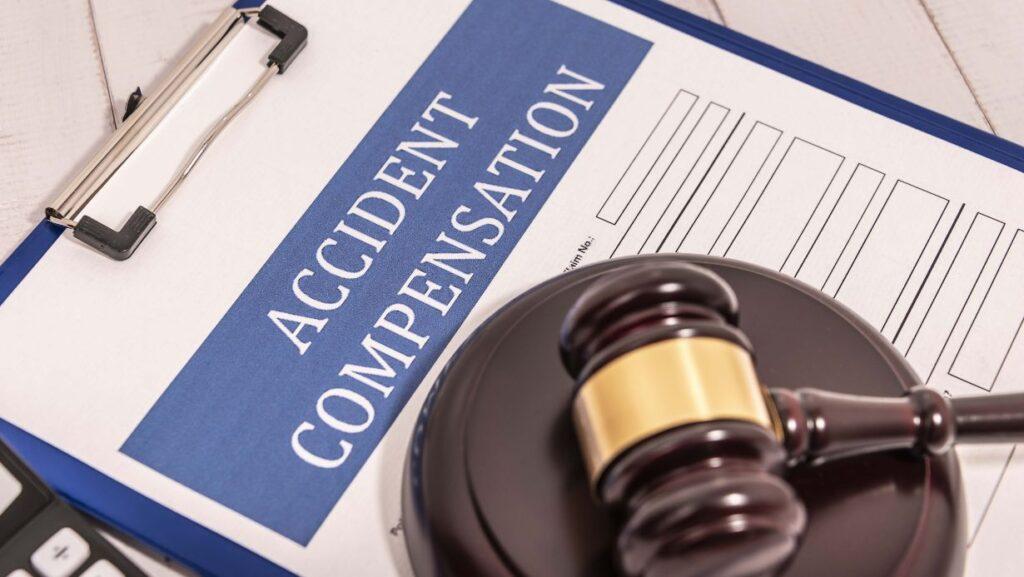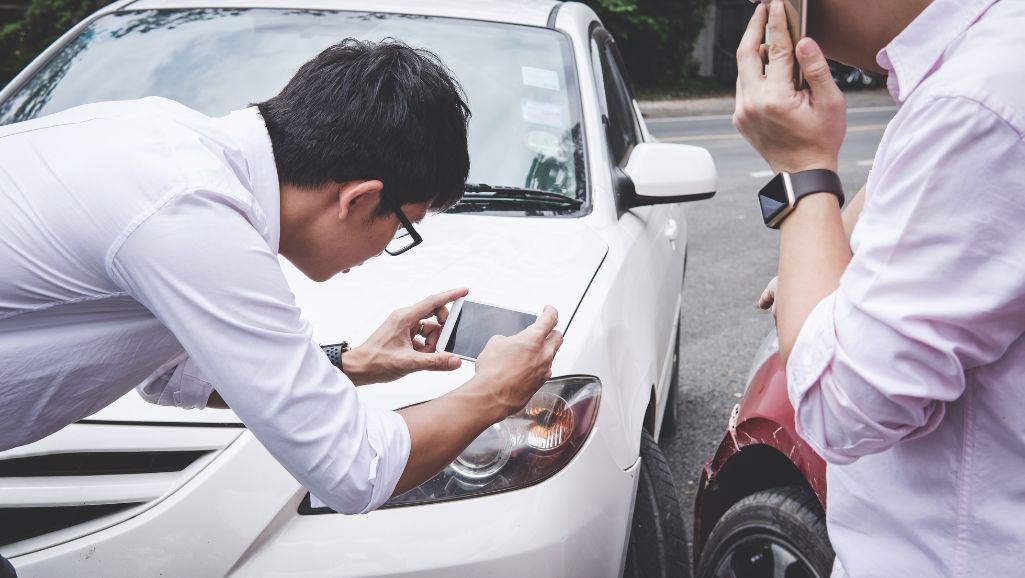Navigating the aftermath of a car accident can be overwhelming. The process of Seeking Lawyer-Free Resolution for a Car Accident Claim is an option that many individuals successfully pursue. Understanding the significance of filing a claim and mastering a do-it-yourself (DIY) approach can empower you to confidently manage your claim and seek fair compensation. This guide delves into two crucial aspects: Why We Need a Claim and The DIY Process to accomplish it effectively.

Why We Need a Car Accident Claim
A car accident claim is not just paperwork. It’s crucial because it helps fix things and make life better after a bad car crash. Knowing why it’s needed can help you see how it’s more than a process.
Financial Reimbursement:
- After a car accident, you might have to deal with unexpected money problems.
- Things like medical bills and fixing your car can cost a lot and add up quickly.
- When you file a claim the right way, it can help pay for these costs.
- It means you won’t have to worry as much about money and can concentrate on getting better.
Acknowledgment of Losses:
- Car accidents hurt your body and your feelings too.
- When you fill out a claim, it’s like saying, “Hey, this messed up my life.” It’s a formal way to show that you got hurt, felt bad, and got worried because of the accident.
- It helps show that what you went through was real and lets you ask for money to make up for how the accident affected you.
Legal Protection:
- When you make your claim official, it sets up rules to protect you.
- It stops you from getting less money than you need or being told “no” for help.
- The process makes everyone, like insurance companies, do what they’re supposed to do by law.
- This protection makes sure you’re treated right and can ask for the money you should get.
Peace of Mind:
- Making a claim doesn’t just help you with money; it also gives you a good feeling of ending things and feeling calm.
- When you start the process, you’re doing something positive to handle what happened after the accident.
- This positive action can make you feel less worried and unsure, and you’ll know things are getting fixed.
- In the end, feeling calm helps you concentrate on getting better and getting your life back on track.
The DIY Process for a Car Accident Claim
To make things right and get the money you should, remember the following steps. Doing these things helps you stand up for yourself and get a fair deal.
1: Ensure Safety and Gather Information:
- Safety is the top priority. Assess for injuries and dial emergency services if necessary.
- Move vehicles out of traffic to prevent additional accidents and hazards.
- Exchange information with the other driver(s): names, phone numbers, addresses, driver’s license numbers, insurance details (company and policy number), and license plate numbers.
- Take photos of the accident scene from various angles, including vehicle damage, skid marks, road conditions, and any relevant traffic signs.
2: Contact Your Insurance Company:
- Call your insurance company’s claims department as soon as possible, ideally at the scene or shortly after. Most insurance companies have 24/7 hotlines for reporting accidents.
- Offer precise and comprehensive details about the incident, encompassing the date, time, location, and a narrative of events.
- Secure a claim number and the contact details of your designated claims adjuster, who will assist you throughout the claims procedure.
3: Evaluate Liability:
- Determine who is at fault based on factors like traffic laws, witnesses, and the accident report.
- If liability is clear, inform your insurance company about your assessment. If it’s not clear, let your adjuster handle the investigation.
4: Assess Damages:
- Get repair estimates from reputable auto body shops for your vehicle’s damage. Share these estimates with your insurance adjuster for their assessment.
- Keep track of all expenses related to the accident, including towing, rental cars, and any medical costs if you sustained injuries.
5: Negotiate with the Other Party:
- If the other driver’s insurance has accepted liability, you can deal with them directly.
- Present your evidence, such as repair estimates and medical bills, to support your claim.
- You might receive a settlement offer from the insurance company. If it’s too low, politely explain why you believe you deserve more based on your documentation.
- Be prepared for negotiation, and don’t feel pressured to accept an offer that doesn’t adequately cover your expenses.
6: Document Everything:
- Keep a detailed record of all interactions with both insurance companies, including dates, times, names of representatives, and summaries of conversations.
- If communicating via email, save copies of those emails.
7: Reach an Agreement:
- Once you and the insurance company agree on a settlement amount, they will likely ask you to sign a release form. This document states that you won’t pursue further claims for this accident.
- Carefully review the release form to ensure you’re comfortable with its terms before signing.
8: Receive Payment:
- Once the release form is signed, the insurance company will issue a settlement check. This might be one lump sum or separate payments for vehicle repairs and medical expenses.
- If your vehicle needs repairs, the check might be made payable to both you and the repair shop. Make sure to follow the payment instructions provided by your insurance company.
9: Close the Claim:
- Confirm that the settlement amount covers all your expenses related to the accident before closing the claim.
- If there are any lingering doubts or new issues arise after closing the claim, it might be difficult to reopen it.
When to Involve a Lawyer
Knowing when to involve a lawyer in your car accident claim process is essential to ensure you have the necessary expertise and advocacy in complex situations.
- Complex Cases: Things get tricky when it’s not clear who’s to blame. When this happens, lawyers can help. They know how to look into things, get proof, and make a good case for you. They understand the complicated laws and can talk to help your claim.
- Severe Injuries: If you’re hurt and need lots of medical help, it’s smart to get a lawyer. They can figure out how bad your injuries are and work out the right amount of money you should get. They make sure you’re treated fairly and that the money covers all your medical stuff now and in the future.
- Expert Navigation: Lawyers understand how laws work. They know the rules and steps that can affect your claim. Because they know so much, they can talk to insurance companies and help if there are arguments. They help you all the way to make sure you’re treated fairly.
You can sort out a car accident claim by yourself if you know how. Just follow the nine steps in this guide and you’ll do great. But if it’s complicated, you might need a lawyer. Whether you do it alone or with a lawyer, knowing what to do makes it more likely you’ll get the right amount of money. Be ready and informed for the best results!
Also, Read: Accident Injury Laws






